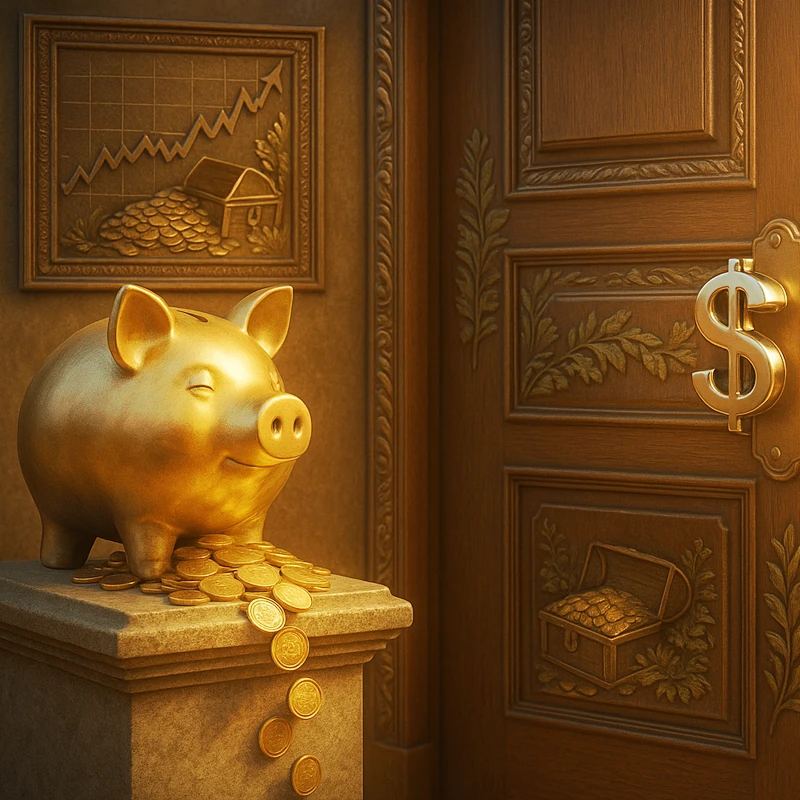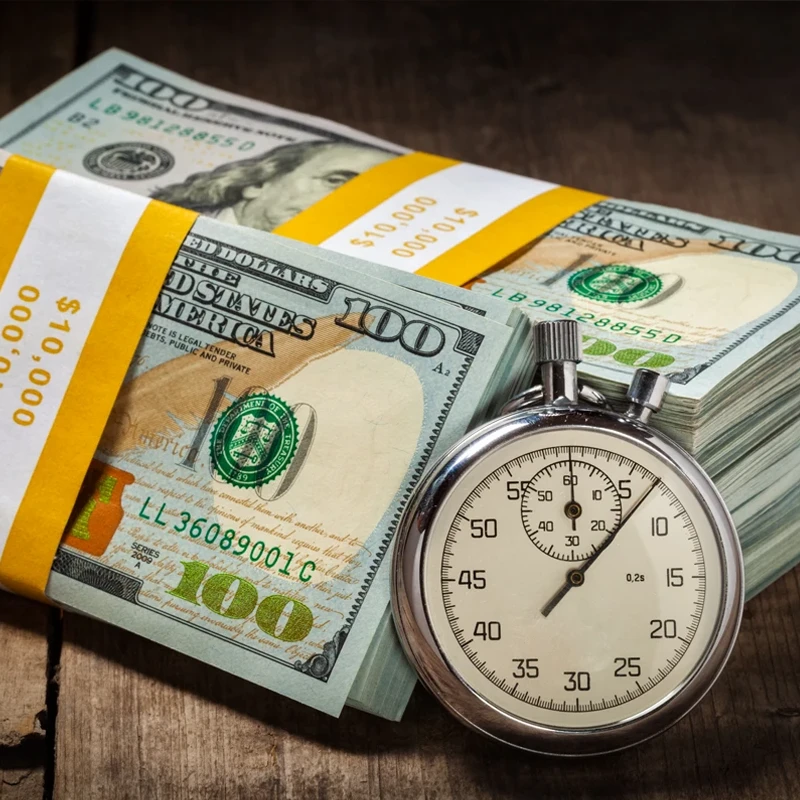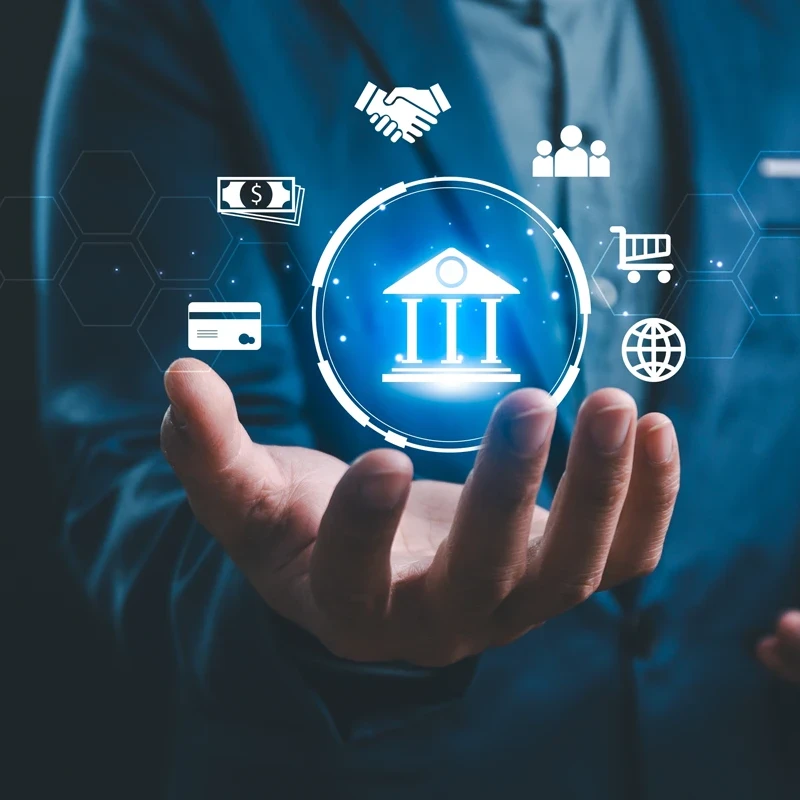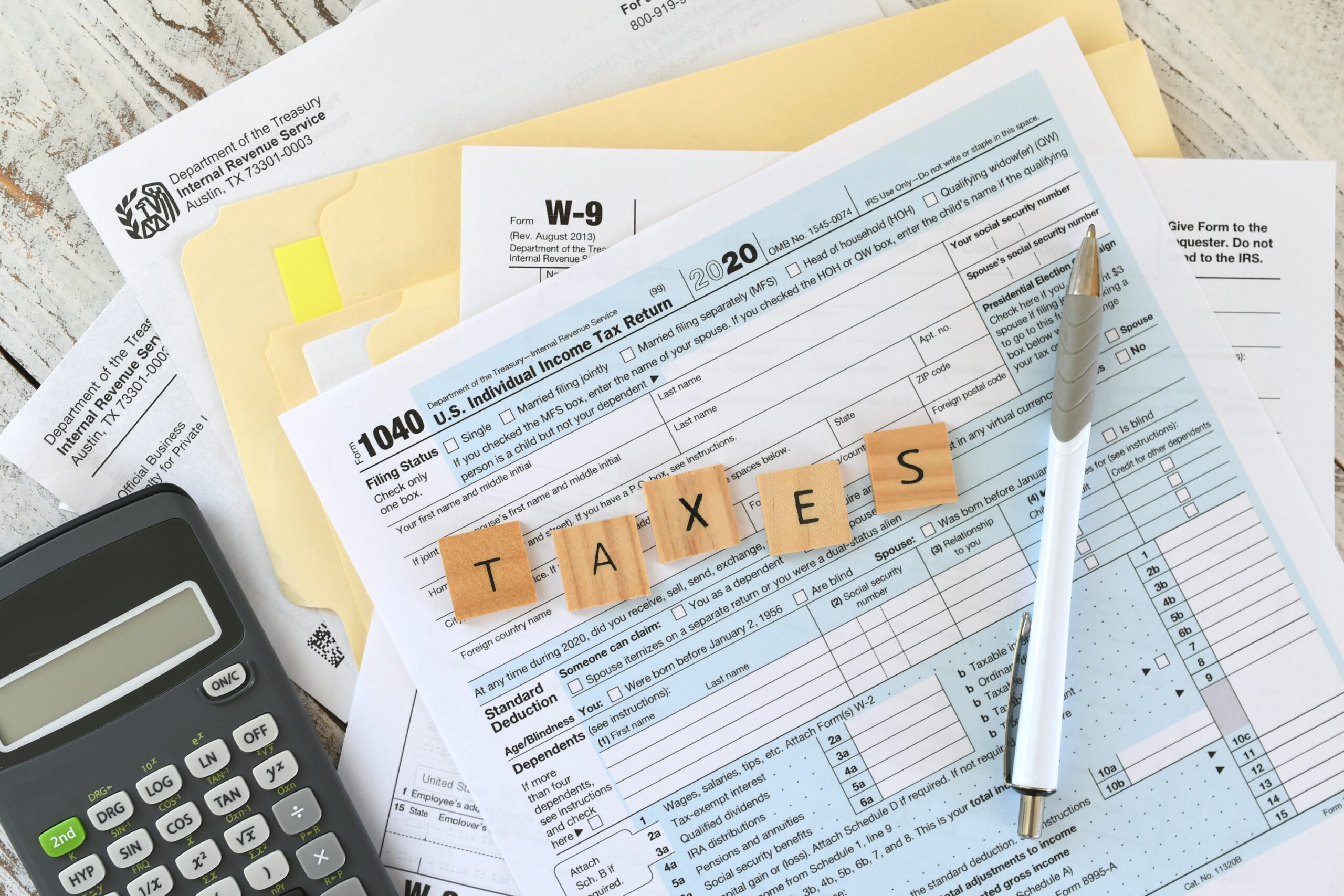Let’s get real, minimum payments are the financial equivalent of putting a Band-Aid on a broken leg. They keep the lights on, but they don’t fix the problem. And in 2025, with credit card interest rates soaring and debt levels climbing, paying only the minimum is like signing up for a lifetime subscription to stress.
If you’re trying to build wealth, gain financial independence, or just stop feeling like your paycheck evaporates on impact—this habit has to go. Let’s break down why minimum payments are a trap, what they’re costing you, and how to escape the cycle based on your debt level.
📉 The Minimum Payment Trap: What’s Really Happening
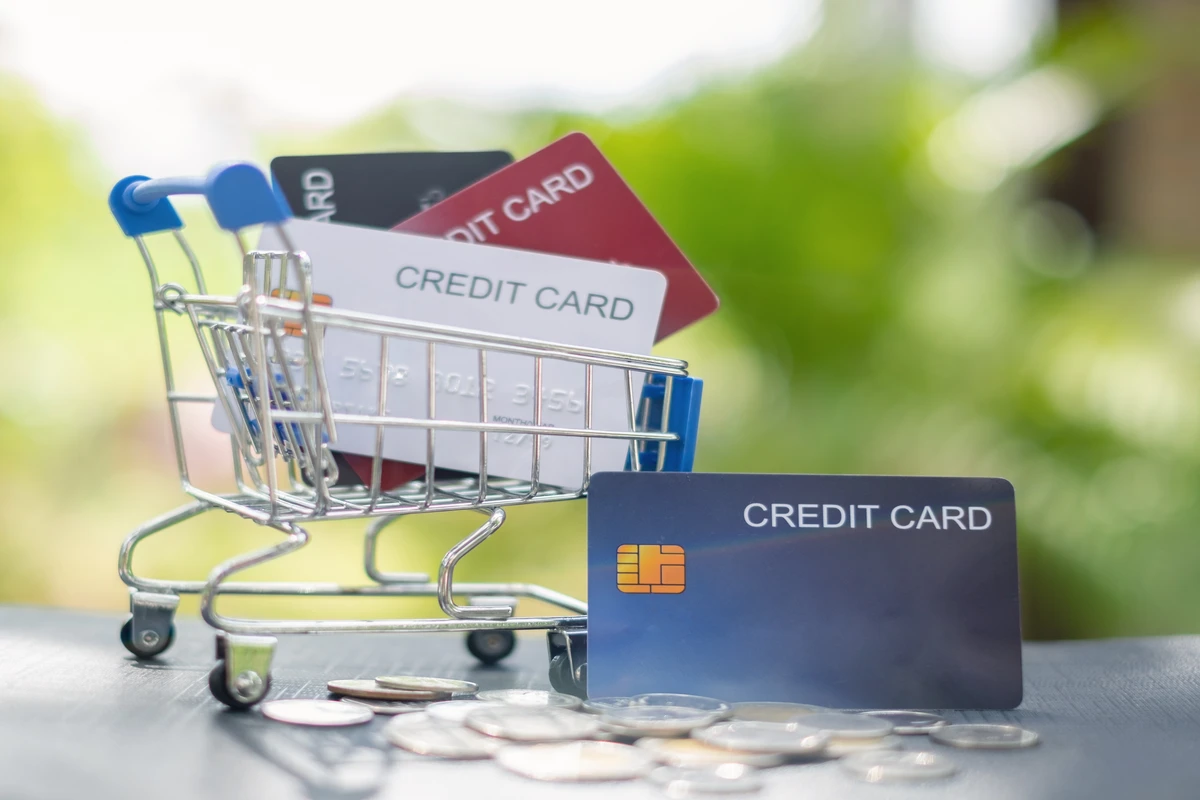
Minimum payments—typically just 1–3% of your balance—are designed to keep you in debt, not help you out of it. They mostly cover interest, barely touch the principal, and stretch repayment over decades. For example, a $6,140 balance at 20% APR could take over 17 years to pay off with minimum payments, costing you more than $7,000 in interest alone.
Credit card companies bank on you paying the minimum. It triggers compounding interest, kills your grace period on new purchases, and keeps your credit utilization high—hurting your credit score and limiting your financial options. Miss a payment? You’re hit with late fees, penalty APRs, and a credit report ding.
Psychologically, minimum payments feel like a win—especially when money’s tight. But they’re a trap. That $100 dinner you charged could end up costing $200 or more if you only pay the minimum. And every dollar wasted on interest is a dollar you could’ve invested or saved.
Here’s the kicker: if you paid just $200 extra per month instead of the minimum, you’d be debt-free in under 3 years and save nearly $7,000 in interest. Invest that same $200 monthly at a modest 7% return, and you’d have over $15,000 in a decade. Minimum payments don’t just cost you money—they cost you opportunity.
📊 2025 Credit Card Debt Snapshot
- Average credit card balance: $6,434
- Average APR: 21.91% (some cards exceed 30%)
- Share of people making only minimum payments: 10.75%—a 12-year high
- Time to pay off $6,434 with minimum payments: 86 months (7+ years)
- Total interest paid: $6,397—almost doubling your debt
💡 Translation: That $100 dinner you charged could cost you $200 if you only make minimum payments.
🧠 Why Are People Stuck in This Cycle?

According to recent surveys:
- 44% of Americans say inflation has caused them to carry larger balances
- 37% use credit cards just to make ends meet
- 1 in 4 believe they’ll never be debt-free
Common culprits:
- Emergency expenses (medical bills, car repairs)
- Everyday costs (groceries, childcare)
- Retail therapy and lifestyle inflation
- Buy-now-pay-later habits that snowball into real debt
🛠️ How to Break Free: Strategies by Debt Level
💵 If You Owe Less Than $2,000
Strategy: Debt Snowball or Avalanche
- Snowball: Pay off the smallest balance first for a quick win.
- Avalanche: Pay off the highest-interest card first to save money.
💡 Example: $1,500 at 22% APR
- Pay $300/month → Debt-free in 6 months
- Interest saved: ~$200 compared to minimum payments
Tools: Budgeting apps like Monarch, Copilot, or NerdWallet’s debt calculator
💳 If You Owe $2,000–$7,000
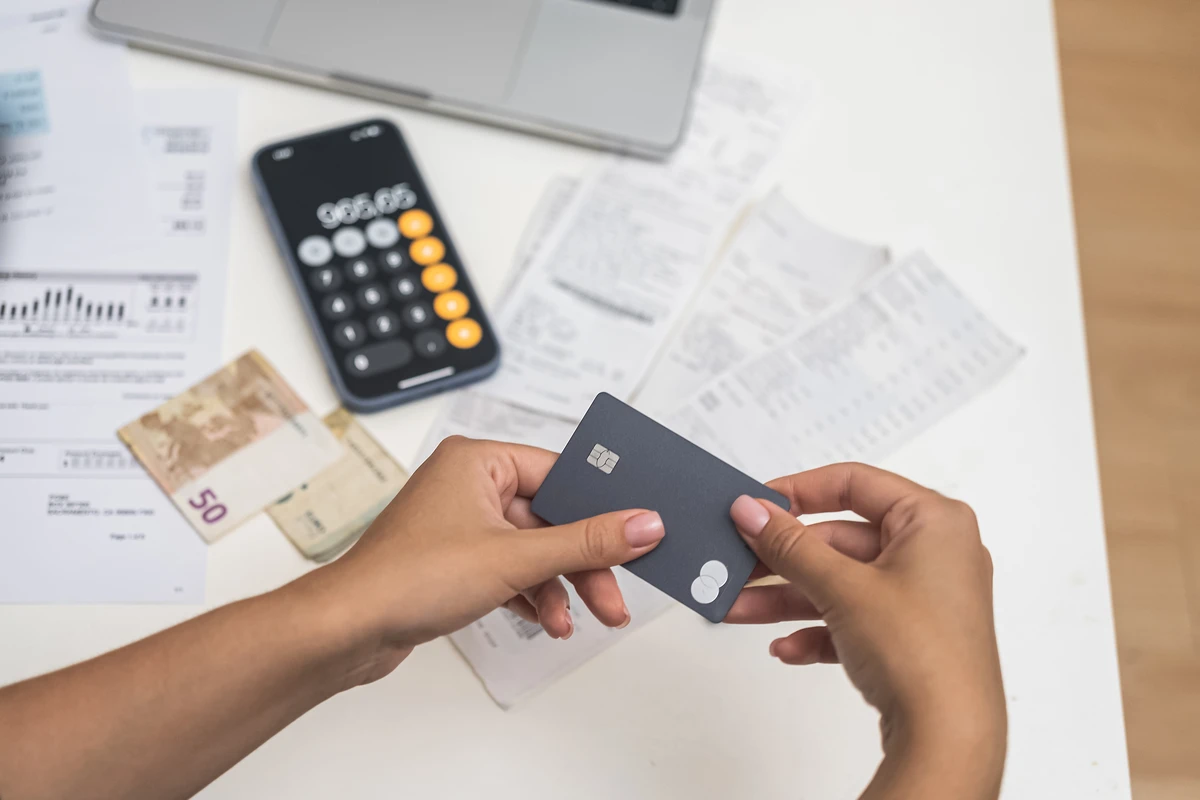
Strategy: Balance Transfer + Aggressive Payments
- Look for a 0% APR card with a 12–18 month intro period
- Transfer your balance and pay it off before the promo ends
- Watch for 3–5% transfer fees, but it’s worth it if you save hundreds in interest
💡 Example: $5,000 at 24% APR → Transfer to 0% card
- Pay $300/month → Debt-free in 17 months
- Interest saved: ~$2,000
Tools: Citi Simplicity®, Wells Fargo Reflect®, Chase Slate Edge℠
🧨 If You Owe $7,000–$15,000+
Strategy: Debt Consolidation or Management Plan
- Debt Consolidation Loan: Roll multiple cards into one lower-interest loan
- Debt Management Plan (DMP): Work with a nonprofit to negotiate lower rates and structured payments
💡 Example: $10,000 at 25% APR → Consolidate at 12%
- Monthly payment: ~$300
- Debt-free in ~3.5 years
- Interest saved: ~$4,000+
Tools: SoFi, LendingClub, National Foundation for Credit Counseling (NFCC)
🚨 If You Owe $15,000+ and Feel Overwhelmed
Strategy: Debt Settlement or Bankruptcy (Last Resort)
- Debt Settlement: Negotiate to pay less than you owe (can hurt your credit)
- Bankruptcy: Chapter 7 or 13 may wipe out unsecured debt, but comes with long-term consequences
💡 Warning: These options should be explored with a financial advisor or attorney. They’re serious moves, not quick fixes.
💬 Final Thoughts: Minimum Payments Are Maximum Trouble
Paying only the minimum might feel like survival—but it’s actually sabotage. If you’re in your 20s, 30s, or early 40s, this is the time to build—not bury—your financial future. Every extra dollar you throw at your debt is a step toward freedom, confidence, and long-term wealth.
So stop feeding the interest monster. Start feeding your future.

